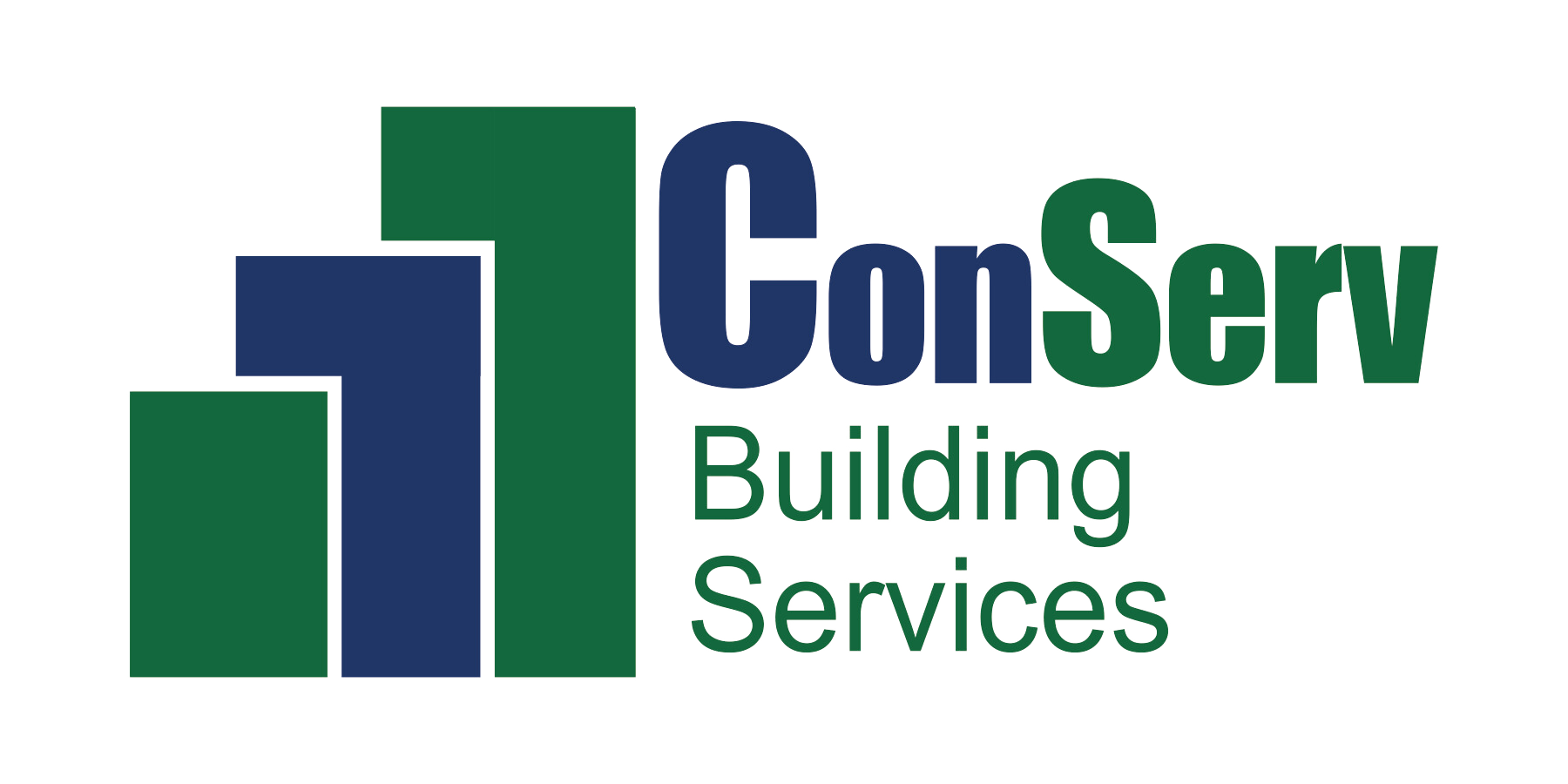Building codes require that a minimum amount of fresh air be introduced into a facility to ensure Indoor Air Quality (IAQ) standards. That minimum amount of fresh air is derived by using a formula which takes into consideration the maximum amount of occupants and the intended use of a facility.
If your building is not always filled to occupancy, more outside air may be introduced into the building than required when using the traditional fixed rate ventilation system. Excessive ventilation results in unnecessary use of resources, and in climates like Florida’s, it can lead to a more humid indoor environment. Conversely, an inadequate introduction of fresh air causes adverse physical symptoms in building occupants.
The answer may be Demand-controlled ventilation (DCV) using carbon dioxide (CO2) sensors. The technology combines the use of sensors that monitor indoor CO2 levels with an air handling system that regulates the ventilation from outdoor air. Unlike traditional ventilation, DCV can be adjusted to a specific cubic feet per minute (CFM), per person based on actual occupancy, introducing the right amount of fresh air to ensure the comfort of the occupants. This makes it possible to monitor indoor CO2 levels and modulate outside air levels accordingly to maintain proper ventilation.
CO2-based DCV has the greatest potential to save energy and reduce utility costs in buildings where occupancy fluctuates greatly within a 24-hour period: office and government buildings, shopping malls, schools, and entertainment venues.
ConServ can help you realize the money saving potential of CO2 based DCV. Please contact any member of the ConServ team to determine whether this technology is the right choice for your facility.
ConServ Building Services, LLC provides excellent commercial HVAC, refrigeration, plumbing, and general construction services to businesses across the Southeastern United States. To learn more about ConServ, visit www.conservonline.com.
